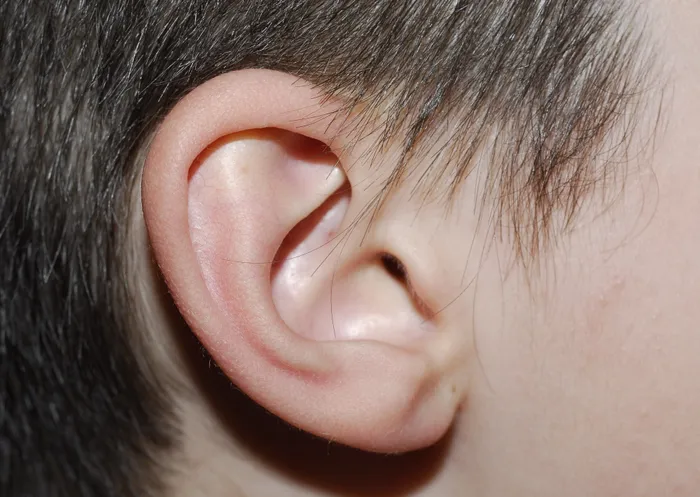Ear plugs could wreck your hearing

File photo File photo
My ex-boyfriend made a sound like a pneumatic drill when he dozed off, so I had taken to wearing earplugs at night in order to sleep.
I had used a standard wax variety available at most chemists on and off for years. So had my mum who had a similar experience sleeping next to my dad and my brother, who wore them at home because of Dad’s snores and at university when his friends had particularly loud parties. As I know now, we were all risking permanent damage to our hearing by doing so.
Until last year, I wore earplugs most nights without problems. Then I woke one morning and couldn’t get them out of my ears. I tried to curl them out with my finger, but they disintegrated. After a lot of pulling and pinching, I managed to get most of the right plug out, but the left one was completely stuck. Every attempt to pull it out only seemed to push it further in (my boyfriend spent 20 minutes trying to tease it out with tweezers) .
I was starting to panic that I might burst my eardrum. It ended up so far inside that I was completely deaf in my left ear.
After a brief argument about whose fault it was, and unsure what else to do, we drove to the Emergency Room.There I was seen by a sympathetic nurse who told me her boyfriend also snored. She tried to tug the earplug out with a small silver hook, but it was lodged too far in my ear canal. It was decided that I needed to see an ear, nose and throat specialist, but the next available appointment wasn’t for two weeks. I cried all the way to the car.
Extreme as my experience sounds, it is not hard to get mouldable ear plugs stuck, says Daniel Tweedie, a consultant paediatric ear, nose and throat surgeon at the NHS Evelina London Children’s Hospital. You need to wedge these earplugs quite a long way into the ear to mould them but the further you push them the more problems they can cause. First, they become harder to reach and pull back out, especially when the wax is warmed by body temperature and becomes very soft and difficult to get hold of.
‘They are also more likely to hit the eardrum and permanently damage your hearing,’ he says. Michael Wareing, a consultant ear, nose and throat surgeon at Barts Health NHS Trust in London, said that if they do get stuck, that can result in more serious problems. The longer you have something in your ear, the more you raise your risk of ear infections, inflammation and long-term hearing damage.
Luckily, my employer’s health insurance coverage meant I could see David Selvadurai, an ear, nose and throat consultant at Parkside Hospital in West London the following day. He used microsuction, which involves inserting a thin silver suction tube, which works like a mini vacuum cleaner, into the ear to suck the blockage out.
It took half an hour to get the whole thing out and it was agonizing. My right ear also had to be microsuctioned.
So how could something as seemingly harmless as an earplug need so much medical attention?
Selvadurai said that I was the second patient that week he had treated for a stuck earplug. ‘Her boyfriend snored, too,’ he told me. He said people don’t realize how bad wax earplugs are for the ears and suggested I never wore them again which I haven’t.
For those who need to wear earplugs all the time, Mr Wareing suggests using custom-made silicone ones, which fit perfectly, so shouldn’t get lost inside the ear. ‘We shouldn’t even put cotton buds in our ears because ears are self-cleaning,’ he says. ‘Cotton buds are particularly dangerous because they can perforate the eardrum. ‘I’ve treated people who have been using a cotton bud when someone opens the door, which barges into them and the cotton bud gets pushed into their ear, bursting their eardrum. They can permanently damage your hearing.’
A perforated eardrum often requires surgery. The operation requires a general anesthetic and involves sealing the hole with a small piece of tissue taken from in front of or behind the ear.
In fact, earwax is good for us as it keeps ears clean and free of germs.